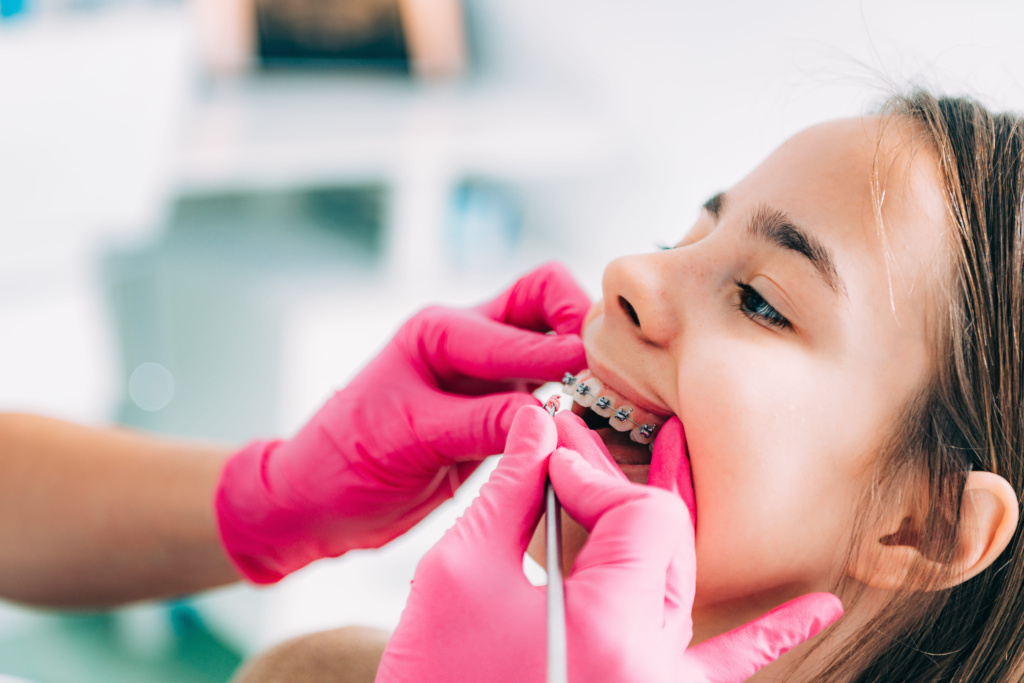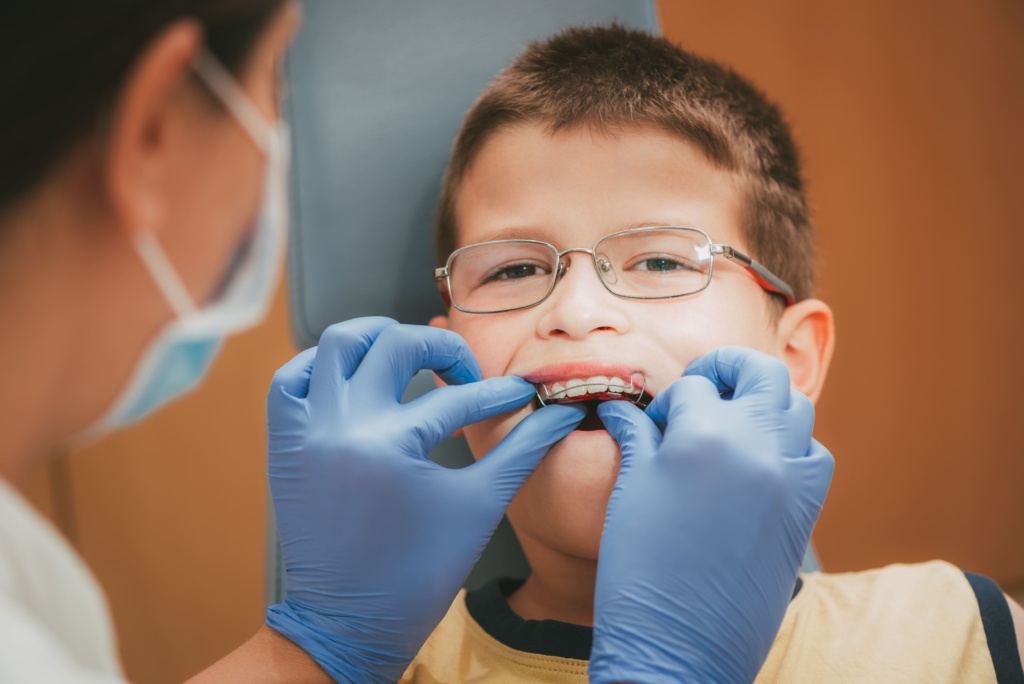How to Tell If My Child Needs Braces
Young children can be screened to determine if they’ll need braces. If so, interceptive treatments for young children can encourage healthy development, avoiding the need for braces altogether. If, however, you find yourself wondering about your child’s development, the following signs would indicate that they might need braces.

5 Signs Your Child Might Need Braces

1. Early or Late Loss of Baby Teeth
When a child loses their baby teeth before their permanent teeth have finished developing, neighboring baby teeth can shift into the position where the permanent teeth need to erupt, causing issues.
Losing baby teeth too late can also result in permanent teeth erupting in the wrong positions.
2. Misaligned Jaw Position
Overbite, underbite, and crossbite occur when the top and bottom jaws do not match up properly. Jaw alignment issues can make chewing difficult, create irregular patterns of wear on the teeth, result in soft tissue injuries, and cause significant jaw pain and posture problems.
3. Prolonged Thumb Sucking
Children who suck their thumbs past the age of 4 tend to need braces because the suction results in top teeth that protrude outward and crowded bottom teeth.
4. Crowded Teeth
Crowded teeth are difficult to clean properly, increasing the risk of tooth decay and cavities. They can also cause bite problems and cosmetic concerns.
5. Breathing Through the Mouth
Breathing through the mouth can affect the way a child’s jaw and facial bone structure develops, resulting in a smaller, narrower jawbone that can result in crowded teeth and the need for correction with braces.
Interceptive Orthodontics for Children in Kenmore
At Kenmore Pediatric Dentistry, Dr. Laura specializes in interceptive orthodontics for children. While older children between ages 9 and 14 might need braces, interceptive orthodontics can address some issues with spacing, alignment, and occlusion by helping to guide the proper development of a younger child’s jaw.
As a result, your child’s jawbone can develop properly, allowing enough space to prevent crowding and encouraging the proper alignment and bite of their teeth. This can prevent the need for braces later on.
To learn more about helping your child’s teeth and jawbone develop properly to prevent alignment issues later in life and the complications of crooked, crowded teeth, we encourage you to schedule a consultation with Dr. Laura at Kenmore Pediatric Dentistry today.










2.png)
